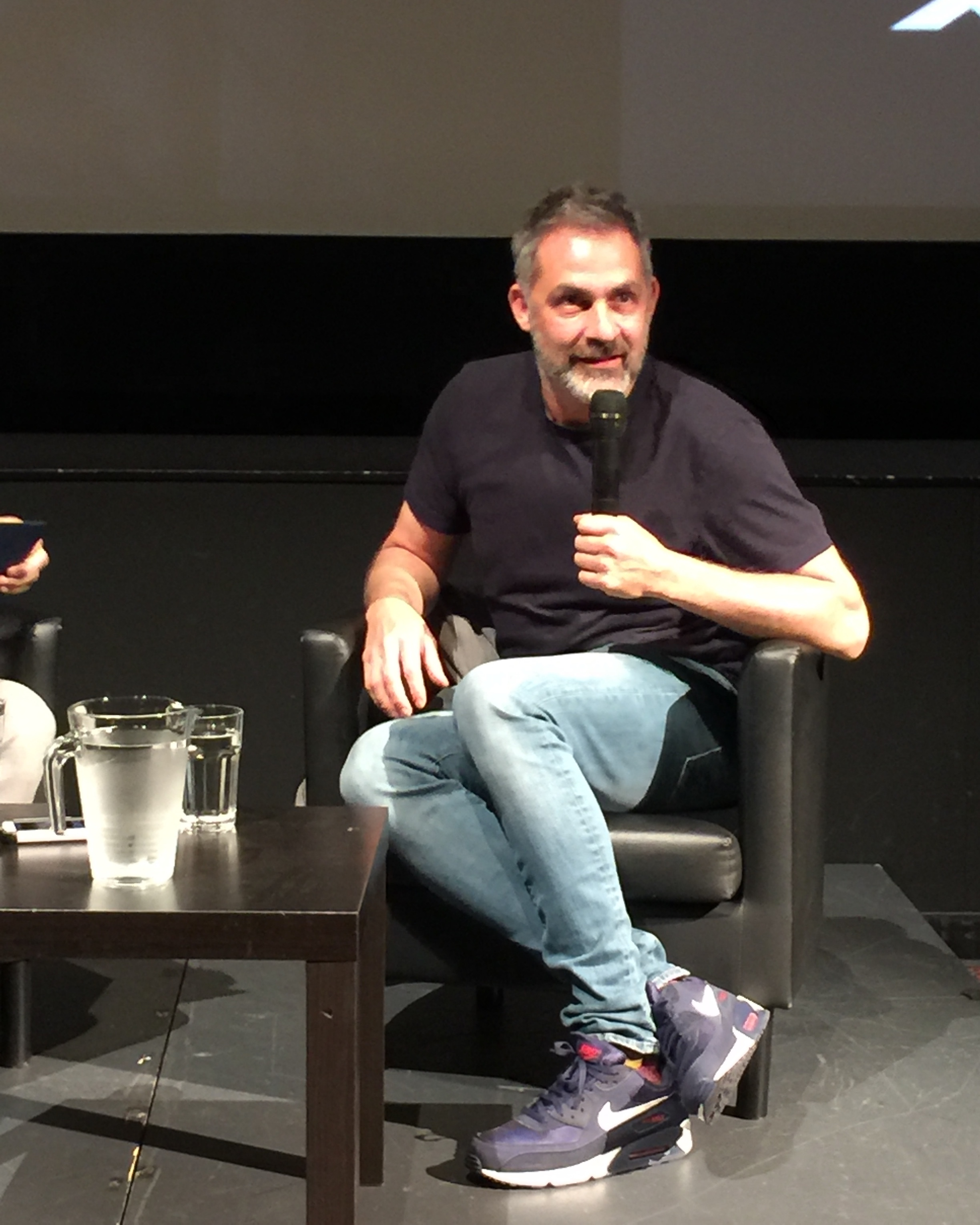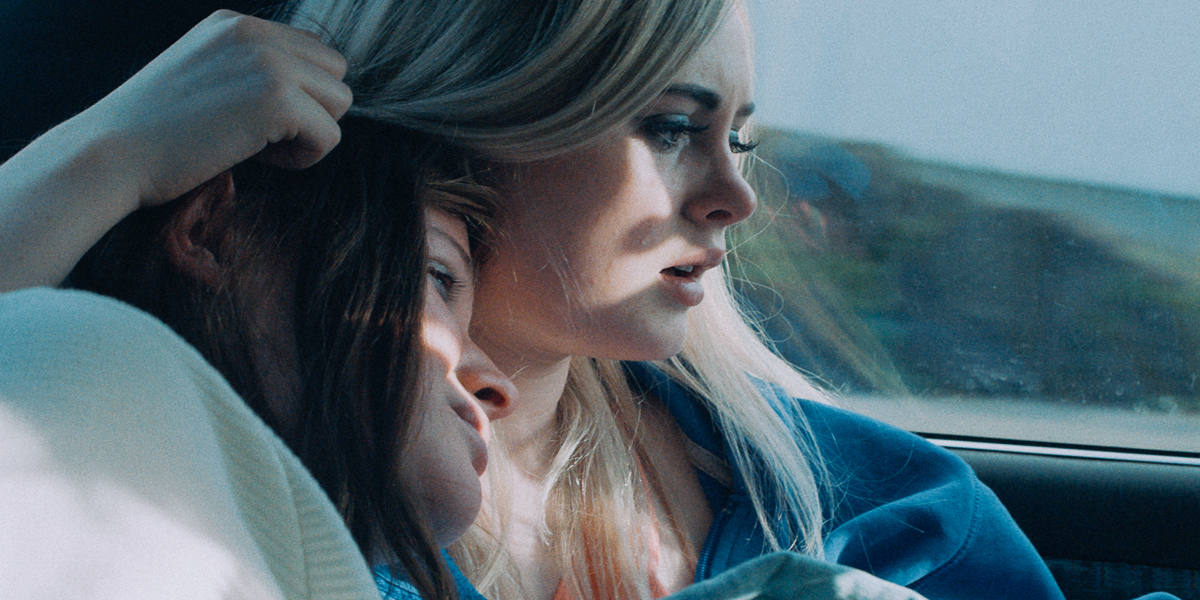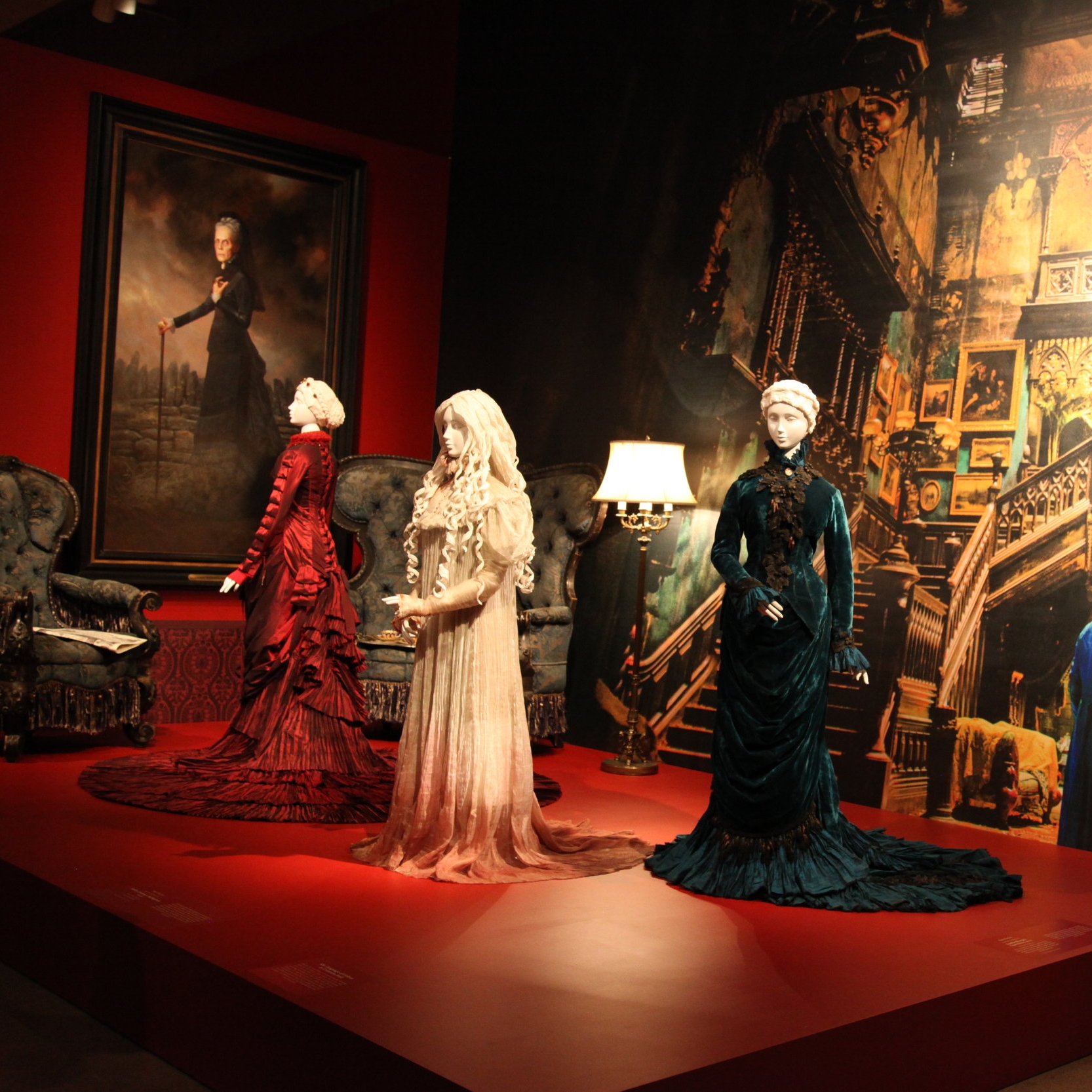ILM Opens New Studio in Vancouver, Bucks Trend
By Jorge Ignacio Castillo
It was a reasonable next step, yet it felt unexpected.
Two days after the President of the United States slapped tariffs on dozens of countries reportedly to bring manufacturing jobs back into the country, Industrial Light and Magic (the VFX giant initially created by George Lucas to support his Star Wars efforts) officially opened new studio space in Vancouver, BC, the largest of the five hubs ILM has around the world.
A division of Lucasfilm (acquired by Disney 13 years ago), ILM has been in Vancouver since 2012 when they opened a pop-up studio to test the waters of Hollywood North. The experiment was a resounding success: Currently, the VFX company has nearly 1,000 employees. The new facility occupies 40,000 square feet at The Stack building in Coal Harbour, the first office tower to obtain a zero-carbon emissions certification in Canada, a 25 percent space increase compared with ILM’s premises in Gastown.
“What we saw here was an opportunity to start from a blank slate”, says the Executive in Charge of ILM Vancouver, Spencer Kent. “This was our chance to start something from the ground up and really build something that works well with a hybrid workflow.”
There are several factors that motivate ILM to enhance their footprint on the province: tax credits, a deep talent pool, clients and studio proximity, time zone conveniency, and the global nature of VFX. As ILM General Manager Janet Lewin explains it, “we really think about ILM as one, and Vancouver's success is San Francisco's success and vice versa.”
AI Knocking at the Door
A point of pride among Industrial Light & Magic artists is that AI doesn’t have a role in the production pipeline. However, according to Janet Lewin, ILM isn’t closed to the idea.
“We do use machine learning tools and algorithms that enable our artists to be as efficient as possible. That's sort of a core tenet of our company in terms of how we think about innovation. It's not just about tackling the groundbreaking and incredible images you see on screen, but also empowering our artists to do their best work and expedite their process. We see AI tools as enablers, and we're definitely open to embracing the tools where they make sense.”
Speaking of enhancing the pipeline, ILM’s growth strategy is multi-pronged. Immersive entertainment, however, is shaping up as a major business driver. ILM’s GM elaborates: “The ABBA Voyage project was sort of the first of its kind and we're actively exploring similar projects like that. We've recently integrated our immersive team into ILM proper. They do our AR (augmented), VR (virtual), and XR (extended reality) projects and, by virtue of converging the teams, we're looking for more opportunities to cross-pollinate techniques and offer those services to a broader client base.”
ILM Vancouver is currently working on some eye-popping features coming to a theatre near you: Tron: Ares, Avatar: Fire and Ash, The Mandalorian & Grogu, Jurassic Park: Rebirth, and the live action adaptation of Lilo & Stitch.
The mighty Chewbacca guards the lobby of ILM Vancouver.




















